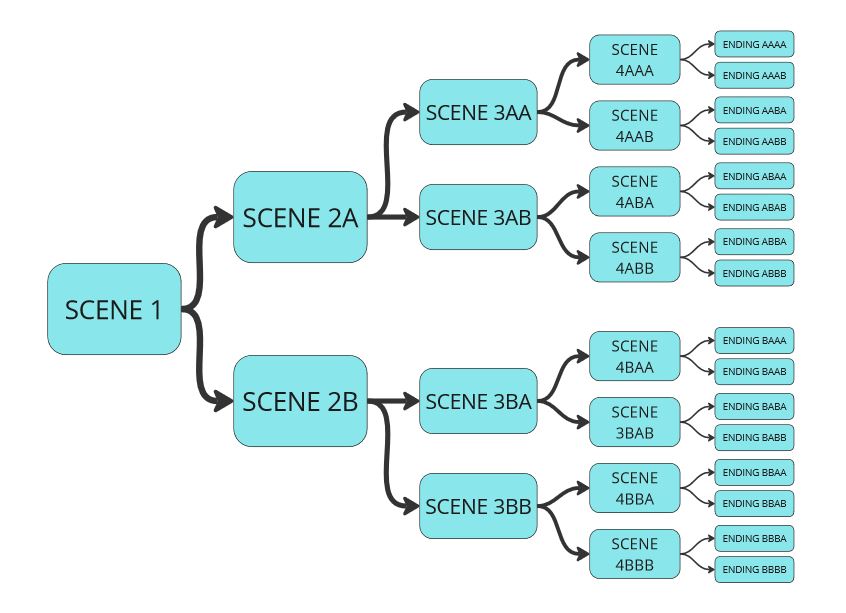The Science of Immersion
Immersion is tricky. One moment, you’re sitting on your sofa, controller in hand; the next, you’re running through an alien jungle, dodging enemy fire. But what does “immersion” actually mean? Some argue it’s about engagement—how invested you are in the world, the story, and the action. Others believe it’s closely related to a neurologic phenomenon, tied to how our brains respond to stimuli.
Take mirror neurons, for example—tiny clusters in the brain that make us flinch when we see someone get hit, or feel joy watching a giddy kid unwrap presents on Boxing Day. These neurons allow us to “step into someone else’s shoes,” which is exactly what happens in immersive games. We don’t just control a character; we become them. That’s why a well-designed game world can make us feel emotions just as strongly as real life—fear when sneaking through a haunted house, awe when standing atop a virtual mountain, and adrenaline when outrunning a zombie horde.
The Immersion Theory
Within the body of your blog post lies the heart of your message. Break down your content into coherent sections, each with a clear heading that guides readers through the narrative. Dive deep into each subtopic, providing valuable insights, data, and relatable examples. Maintain a logical flow between paragraphs using transitions, ensuring that each point naturally progresses to the next. By structuring your body content effectively, you keep readers engaged and eager to learn more.
Principles of Good Environment Design
Creating an immersive game world isn’t just about slapping together some meshes and calling it a day. It’s about getting the little things just right. Take a seasoned concept artist, for example—those core principles, like 3-point perspective, are make-or-break. A tiny mistake can throw off the whole image. Then there’s the lighting: it’s not just about showing depth, but also about setting the mood. The right lighting can make a peaceful sunset feel nostalgic, or turn an alley into a scene straight out of a thriller.
When it comes to art style, it’s all about consistency. If you’re working on a 3D game, chances are the concept art won’t be full of heavy lines. The same goes for the environment itself—whether it’s day or night, the lighting, mood, and filters should mesh seamlessly with the story themes. Vivid colours and sparkly filters might seem a bit out of place in a haunted manor. And don’t forget those tiny details! A well-worn bench or a rusty sign tells the story of a world that’s been lived in. For instance, in a desert town, you wouldn’t see too many wooden structures; stone and fabric would take centre stage instead given their availability. Practicality matters too! If players can access a roof, there better be a ladder or something to get them, they’re supposed to climb. All these little touches, from weathered doors to faded signage, emulate a rich history that makes the world feel alive. It’s those details that draw players in, making them feel like they’re truly part of the environment. Not to mention provoke thought or push them to explore further.
Crafting Game Worlds That Feel Alive
Creating an immersive game world is more than just throwing in high-resolution textures and fancy lighting effects. It’s about consistency, atmosphere, and storytelling. Every rock, every tree, every shadow should serve a purpose, contributing to the overall feel of the world. A well-designed world tells its own story without needing words. Abandoned buildings, overgrown forests, eerie lighting—these elements whisper tales of past civilizations, hidden dangers, and forgotten secrets. Smart level design guides players naturally, drawing their attention to key details and subtly leading them through the experience. For example, if the player sees a ladder, the player will attempt to climb said ladder and will probably be disappointed if the ladder is not climbable.
Bringing a World to Life: A Case Study in Game Environment Design
The task at hand. Building the environment suitable for a theme-heavy story game. Picture a game which aims to isolate the player and make them feel grounded in one location. A single location allows for a greater sense of immersion, as the outside world remains up to player’s interpretation while they familiarise themselves with the inside one. This was the vision behind our project, where the goal was to create a rich, atmospheric setting inspired by Victorian architecture and Gothic literature.
The first challenge? Time. 2D art is time consuming and difficult to adjust later down the line. Designing intricate 3D models from scratch would also take too long, so we decided to use modular assets—pre-made elements that could be mixed, matched, and customized. With Unreal Engine 5 as the tool of choice, the learning curve was steep, but a few tutorials and failures later, the world started to take shape.
The first iteration of the main building location was a lighthouse, but research quickly showed that a standard lighthouse was too small for the intended gameplay. The solution? Add a tower—because let’s face it, what’s more classic than a wizard in a tower? Even then, the space felt cramped, so a second structure was added, loosely resembling an old church. This blend of inspirations created a location both functional and visually striking. And where else would we put a Gothic inn if not on a cliff overlooking the sea, for extra drama.
Once the architecture was in place, the next step was environmental storytelling. What kind of story will this place tell? What small details could make it feel lived-in? As mentioned previously, Gothic literature was a huge inspiration. The isolation, the paranoia, and the sense of mystery have guided our story and characters. Now the environment will have to accentuate and amplify those themes, for immersion’s sake. With each iteration, the game environment evolved into a rich, atmospheric landscape resembling the Northern British coast, with the Alchemist’s tower at the centre of it all.
The Never-Ending Quest for the Perfect World
Game environments have evolved dramatically, but the adventure is far from over. With each technological advancement, player expectations rise—demanding richer worlds, more advanced AI, and seamless, lifelike interactions. Developers continuously push the boundaries, blending artistic vision with cutting-edge tech to craft experiences that captivate and immerse.
From vast open-world landscapes to meticulously designed horror settings, environment design is the soul of game development. It’s what makes us forget where we are, even if just for a moment, and believe in the reality of a world that exists only on a screen. And isn’t that the magic of great games?




